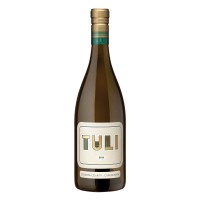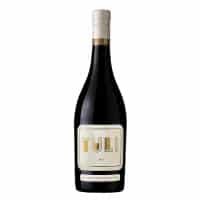Sonoma County
Sonoma is a County, a Valley and a Town. The County is one of the largest in California. Situated about an hour north of San Francisco, this large county runs form the Pacific Ocean about 65 Kms inland before meeting Napa County. The County has considerable diversity owing to its geologic history. The Pacific Ocean and numerous valleys, mountain slopes, rivers and bench-lands contribute to a very diverse landscape. The Mayacamas Mountains form the eastern boundary of Sonoma County. This mountain range traps the cooling influence of the Pacific ocean prior to it reaching Napa Valley further east. Volcanic Mount St Helena is the most prominent peak in this area.
The significant Russian River Valley runs east to west through the County and provides irrigation as well as serves as an important funnel for Pacific cooling to reach inland.
While planted to a significant acreage of vineyards, still one-half of the county is covered in forest and about a third remains as pasture.
Given the geographic diversity in the County, it is not surprising to find equally diverse soil types throughout. Sonoma County soils are extremely varied, thanks to tectonic plate collisions, volcanic eruptions and coastal erosion over millions of years. In all, the region has 11 major formation types and 31 different soil series — more than the entirety of France!
Sonoma County enjoys cool nights and temperate days, thanks much to the moderating effects of the Pacific Ocean. During the growing season of May through September, temperatures range from the low 70s to low 90 degrees F (21 to 32 degrees Celsius) during the day, while nighttime averages are in the 40s and low 50s F (4° to 10° C).
Sonoma County is home to 18 AVA’s, including: Sonoma Valley, Alexander Valley, Dry Creek Valley, Chalk Hill, Green Valley, Rockpile and Russian River Valley. Some of California’s most coveted Pinot Noir, Chardonnay, Cabernet Sauvignon and Zinfandel come from this County.
Showing all 3 results



